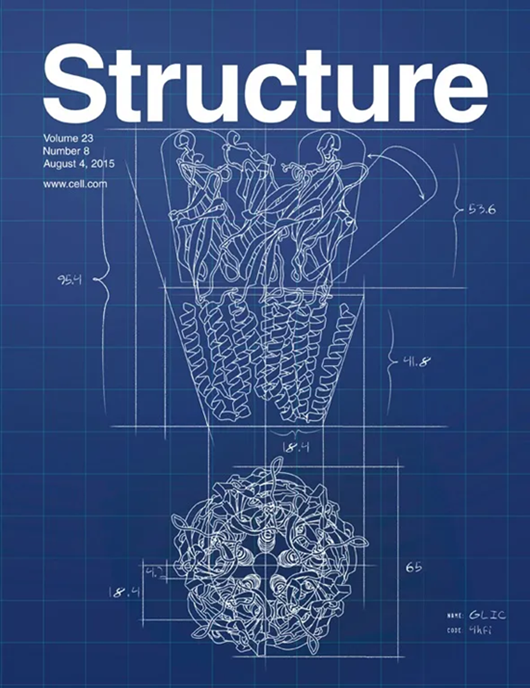The continuous evolution of biomolecular force fields
IF 4.3
2区 生物学
Q2 BIOCHEMISTRY & MOLECULAR BIOLOGY
引用次数: 0
Abstract
Biomolecular force fields have continuously evolved to improve their accuracy and broaden their applications in biological and therapeutic discoveries. The rapid adaptation of advanced computational technology, in particular the recent deep learning revolution, has led to an unprecedented ability to model and simulate biomolecules, as well as new opportunities in force field parametrization. Here, we provide an overview of the current state of the art in biomolecular force fields, covering polarizable force fields, machine learning potentials, and coarse-grained models. We highlight key advances, identify emerging challenges, and explore future directions for improving biomolecular modeling through interdisciplinary approaches.生物分子力场的不断演化
生物分子力场不断发展,以提高其准确性并扩大其在生物学和治疗发现中的应用。先进计算技术的快速适应,特别是最近的深度学习革命,导致了前所未有的建模和模拟生物分子的能力,以及力场参数化的新机会。在这里,我们概述了生物分子力场的现状,包括极化力场、机器学习潜力和粗粒度模型。我们强调关键的进展,确定新出现的挑战,并探索未来的方向,以提高生物分子建模通过跨学科的方法。
本文章由计算机程序翻译,如有差异,请以英文原文为准。
求助全文
约1分钟内获得全文
求助全文
来源期刊

Structure
生物-生化与分子生物学
CiteScore
8.90
自引率
1.80%
发文量
155
审稿时长
3-8 weeks
期刊介绍:
Structure aims to publish papers of exceptional interest in the field of structural biology. The journal strives to be essential reading for structural biologists, as well as biologists and biochemists that are interested in macromolecular structure and function. Structure strongly encourages the submission of manuscripts that present structural and molecular insights into biological function and mechanism. Other reports that address fundamental questions in structural biology, such as structure-based examinations of protein evolution, folding, and/or design, will also be considered. We will consider the application of any method, experimental or computational, at high or low resolution, to conduct structural investigations, as long as the method is appropriate for the biological, functional, and mechanistic question(s) being addressed. Likewise, reports describing single-molecule analysis of biological mechanisms are welcome.
In general, the editors encourage submission of experimental structural studies that are enriched by an analysis of structure-activity relationships and will not consider studies that solely report structural information unless the structure or analysis is of exceptional and broad interest. Studies reporting only homology models, de novo models, or molecular dynamics simulations are also discouraged unless the models are informed by or validated by novel experimental data; rationalization of a large body of existing experimental evidence and making testable predictions based on a model or simulation is often not considered sufficient.
 求助内容:
求助内容: 应助结果提醒方式:
应助结果提醒方式:


